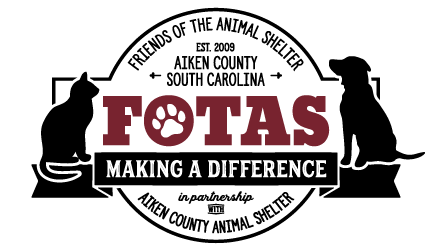By Joanna D. Samson, FOTAS Vice President
Barns and stables are natural habitat for rats and mice – lots of food sources from grain bins and accidental spillage around the prep and feeding areas. That, coupled with lots of water and places to nest, equals Disney Land for rodents.
But despite the adorable mice portrayed in Disney movies, mice are highly destructive disease carriers. QC Supply, a company that specializes in home and farm supplies, estimates that just two mice can munch their way through four pounds of grain in six months and deposit 18,000 droppings. Mice contaminate food sources and can be the source of serious, even life-threatening, diseases. They gnaw their way through insulation and electrical wires (think fire hazard) and burrow holes around and through the foundation.
But wait, you say, I rarely see mice in my barn. Ha! When Hurricane Agnes dumped 10 inches of rain in the Roanoke Valley in June of 1972, I spent a frenzied morning helping with the evacuation of 18 anxious horses from a friend’s barn. By the time I pulled myself through chest-high water raging through the runway to pull out the last horse, there were thousands – no exaggeration – thousands of squealing, terrified, panicked rodents lining the tops of every stall door and level space above the water level. And this was at a barn with no rodent problem.
So if you have a barn, you have mice, and if you have mice, you need a cat. Natural born hunters, cats have been used for rodent control since the day cave men decided storing grain was less dangerous than killing dinosaurs for dinner. For a cat, hunting is a finely tuned survival instinct genetically coded in their DNA. For anyone who has ever had a kitten attack their feet in the dead of night, you know what I mean.
Barn cats can be great companions, too. A beautiful, fearless calico cat lived at Foxchase Stables who, besides systematically dispatching everything that scurried, also walked you to the paddock, hopped on your lap in the tack room for a good cuddle, and chased off the dogs that dared to pester her. Much loved by all of us, she lived a long and productive life in that barn
The Aiken County Animal Shelter has cats – lots of cats – A TRAGIC AMOUNT OF CATS. In the month of June, 353 cats were received at the shelter, and 315 cats were euthanized. That’s an 89% euthanasia rate for cats if you’re counting, which we are. These numbers keep me up at night.
From now until the end of July, the Aiken County Animal Shelter is GIVING AWAY adult, already spayed/neutered cats, so there has never been a better time to implement a time-honored, tried and true rodent control system on your property. Don’t need a mouser? That’s okay. Now is the perfect time to bring home a couple of adorable, virtually self-sufficient companions who will curl up with you on the couch to watch Law and Order reruns and will never, ever need you to take them for a walk in the rain.
Please don’t wait. Their time is running out.


